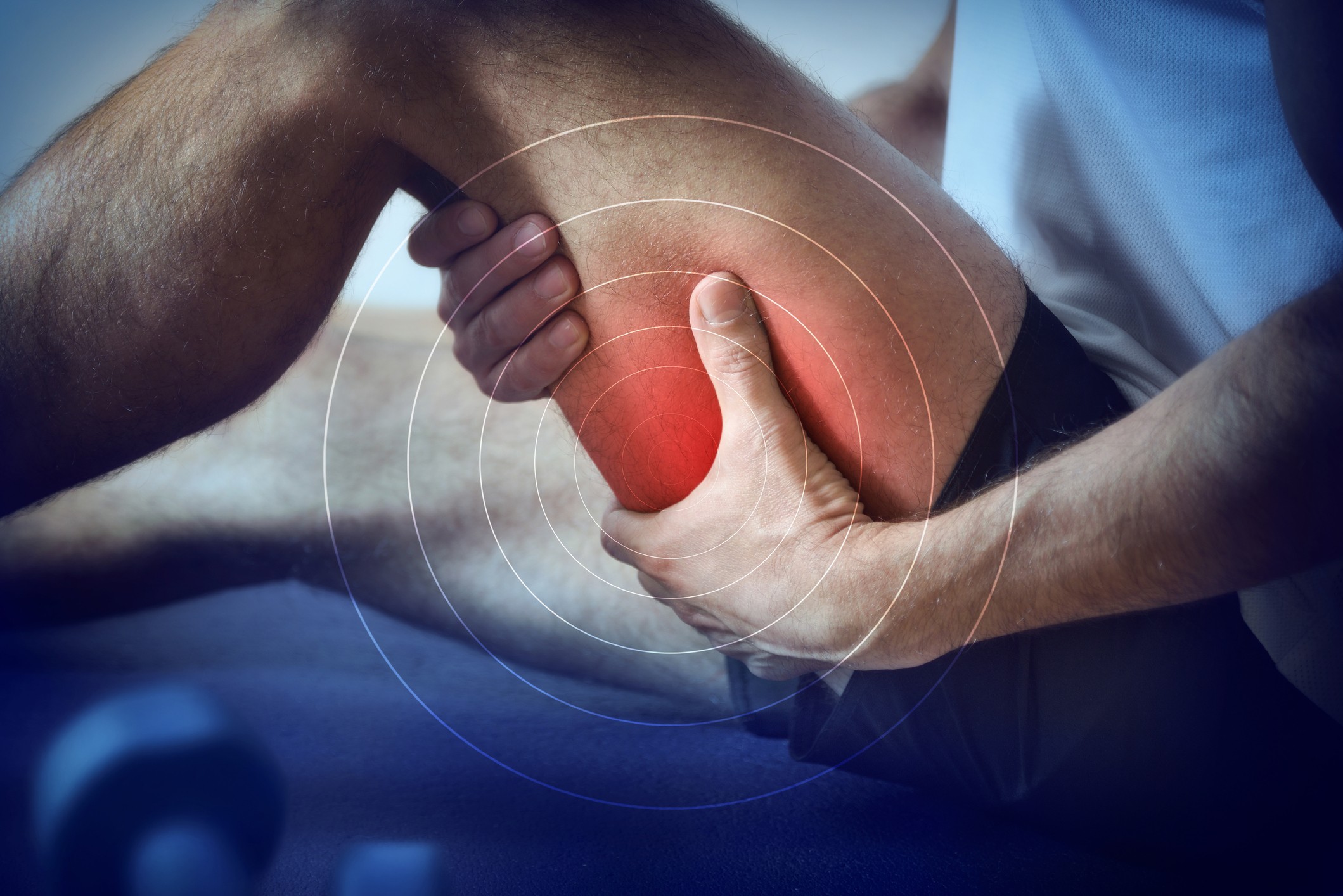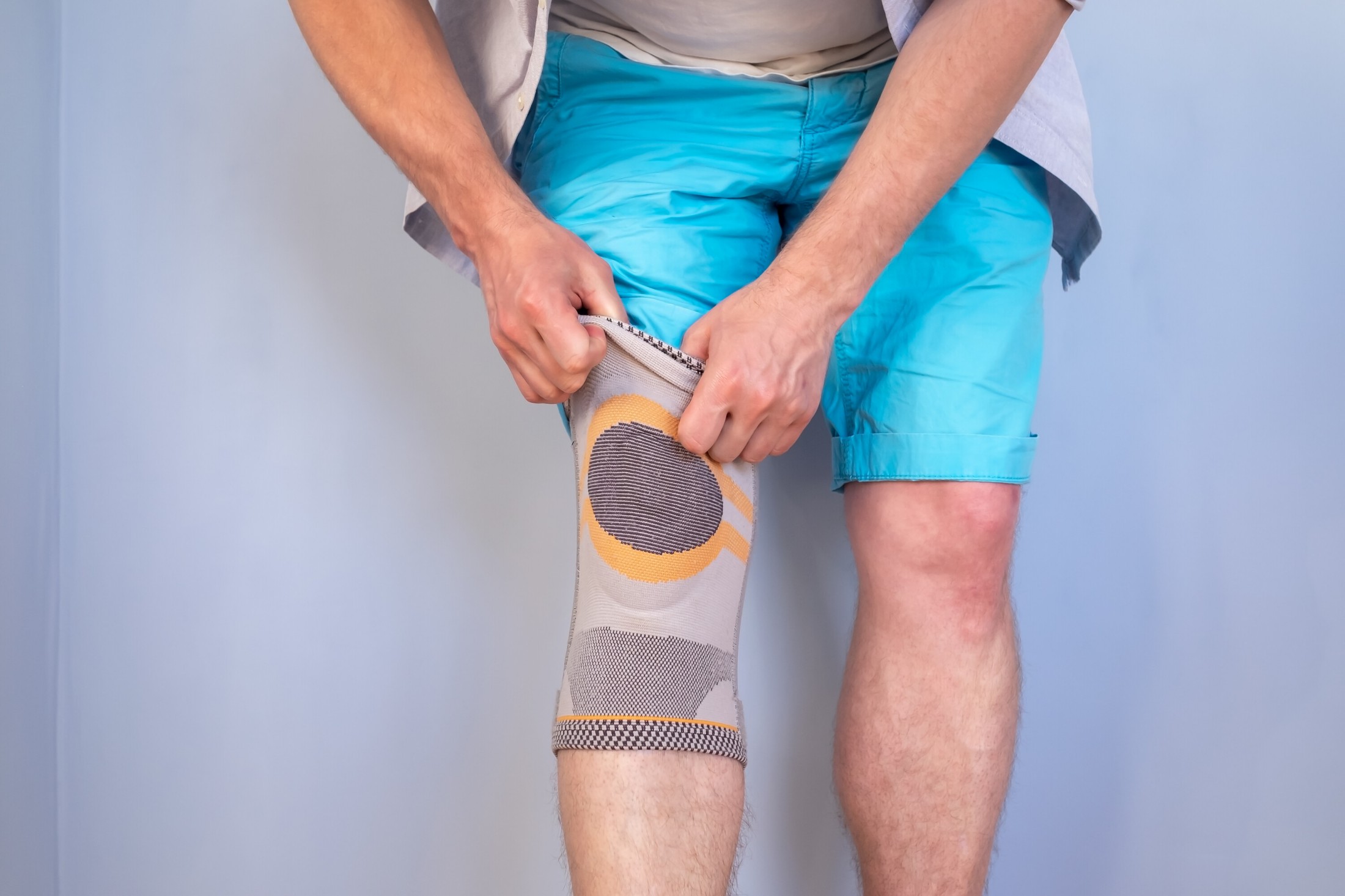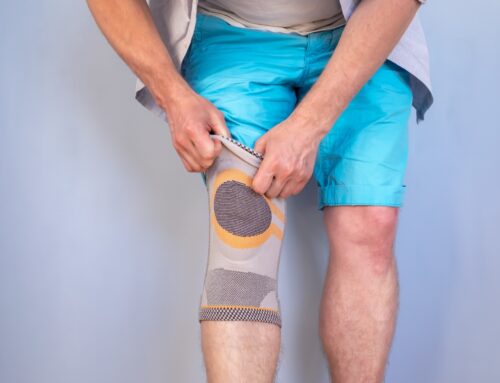Compression garments are often recommended for travel, especially during long-haul flights or extended periods of sitting or standing. They provide graduated compression to the legs, improving blood flow and reducing swelling.
Compression socks or stockings are the most common type of compression garment for travel. They are available in a variety of sizes, lengths, and compression levels. When choosing compression socks or stockings, it is important to consider your specific needs and consult with your healthcare provider if you have any medical conditions that may affect your circulation.
Compression leggings and tights offer full-leg support, providing an alternative to socks or stockings for those seeking a stylish option or higher levels of compression.
Purpose of Compression Garments
The main purposes of Compression Garments are to improve circulation and reduce the risk of certain medical conditions. Some of the most common reasons for using compression garments include the following.
- Preventing deep vein thrombosis: Compression Garments can help improve blood flow and reduce the risk of blood clots forming during long periods of inactivity, such as travel.
- Treating varicose veins: Varicose veins are swollen, twisted, and can be painful and unsightly. Compression Garments can help to improve circulation and reduce swelling, making them a common treatment option for varicose veins.
- Reducing swelling: Compression Garments can help to reduce swelling in the legs, ankles, and feet by improving circulation and preventing fluid buildup.
- Improving athletic performance: Some athletes wear Compression Garments during training and competition to improve blood flow and reduce muscle fatigue.
- Providing support: Compression Garments can support the muscles and joints, reducing the risk of injury and helping to improve overall performance.
Types of Compression Garments
There are several Compression Garments, each designed for a specific purpose. Some of the most common types include:
- Gradient compression: This is the most common type of compression, where the pressure is highest at the ankle and decreases as it moves up the leg.
- Anti-Embolism Compression: Prevents blood clots in the legs after surgery or during extended bed rest.
- Lymphedema compression: Treats lymphedema by managing fluid buildup in the arms or legs.
- Maternity Compression: Supports the growing belly and reduces leg swelling during pregnancy.
- Athletic compression: Enhances blood flow and reduces muscle fatigue during exercise.
Advantages of Compression Garments for Travel
There are several advantages to using Compression Garments for travel, including the following:
- Improved circulation: Compression Garments can help to improve blood flow and prevent blood clots from forming in the legs.
- Reduced swelling: Compression Garments can help to reduce swelling in the legs, ankles, and feet by improving circulation and preventing fluid buildup.
- Increased comfort: Compression Garments can support the muscles and joints, reducing pain.
When choosing Compression Garments for travel, selecting the right level of compression is important. As mentioned, Compression Garments are available in different compression levels, ranging from mild to strong. The level of compression you need will depend on your individual needs and the length of your trip.
Mild compression, which typically ranges from 15-20 mmHg, is suitable for most people and effectively reduces the risk of DVT during travel. It can also help to reduce swelling and fatigue in the legs. Stronger compression, ranging from 20-30 mmHg or higher, may be recommended for people with a history of DVT or other medical conditions.
Compression Wear Fitting
Selecting Compression Garments that fit properly and offer comfort is crucial. The garments should not be excessively tight or loose, and should provide support while allowing free movement without causing any discomfort. It is advisable to consult an ADP Registered Compression Garment Fitter to ensure you get the right garment for your needs
In addition to wearing Compression, there are other steps you can take to reduce the risk of DVT and other complications during travel. Taking frequent breaks to stretch and move around can help to improve circulation and reduce the risk of blood clots. Staying hydrated by drinking plenty of water is also important, as dehydration can increase the risk of DVT. Alcohol and caffeine should be avoided, as they can dehydrate you. Wearing loose, comfortable clothing can help to improve circulation as well. Keeping your legs elevated when possible can also help to reduce swelling and improve circulation.
It is important to consult with your doctor before travelling, especially if you have a history of DVT or other medical conditions. Your doctor may recommend additional measures, such as medication or other treatments, to reduce your risk of DVT during travel.
By choosing Care-Med for your compression garment fitting, you can feel confident receiving the best possible care. Our team provides personalized, compassionate care to every patient, focusing on helping you achieve the best possible health outcomes.
Share This Story, Choose Your Platform!
We specialize in orthotics, body braces, and compression wear tailored to your unique needs in Toronto. Reach out to us at info@caremed.care or call 416-782-5353 to book your fitting and consultation.
Experience the difference of customized solutions designed just for you.











